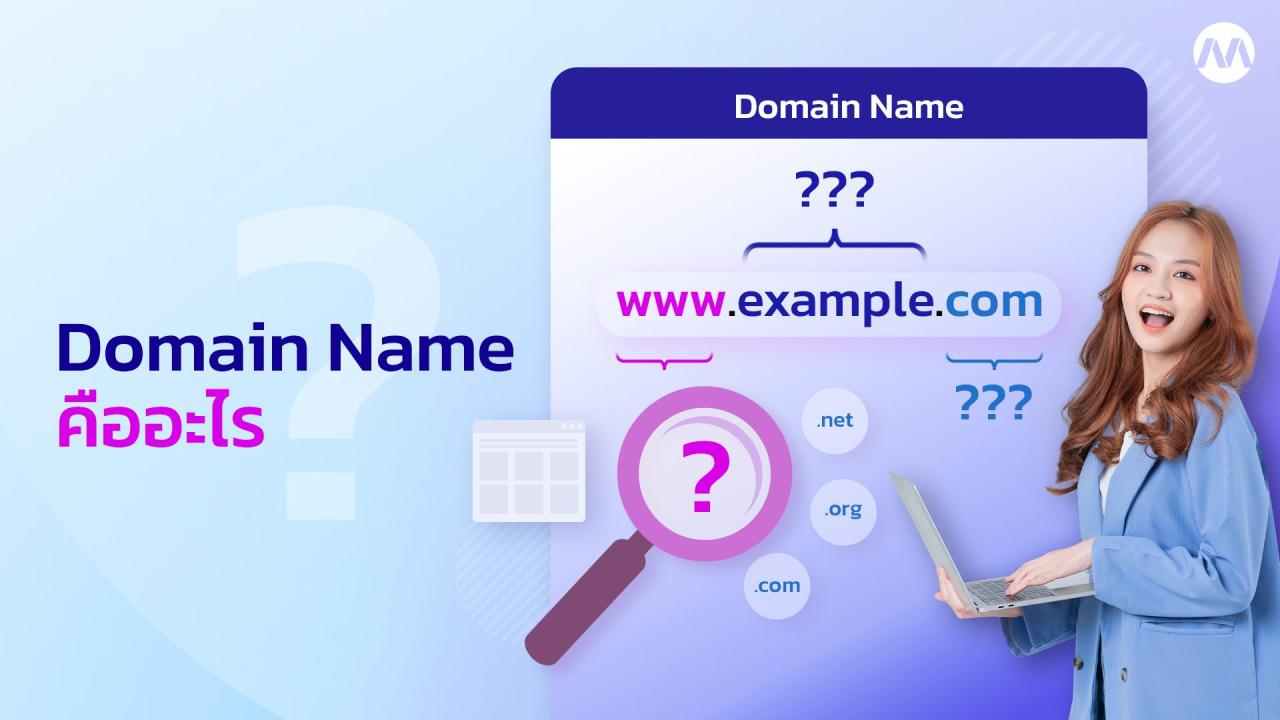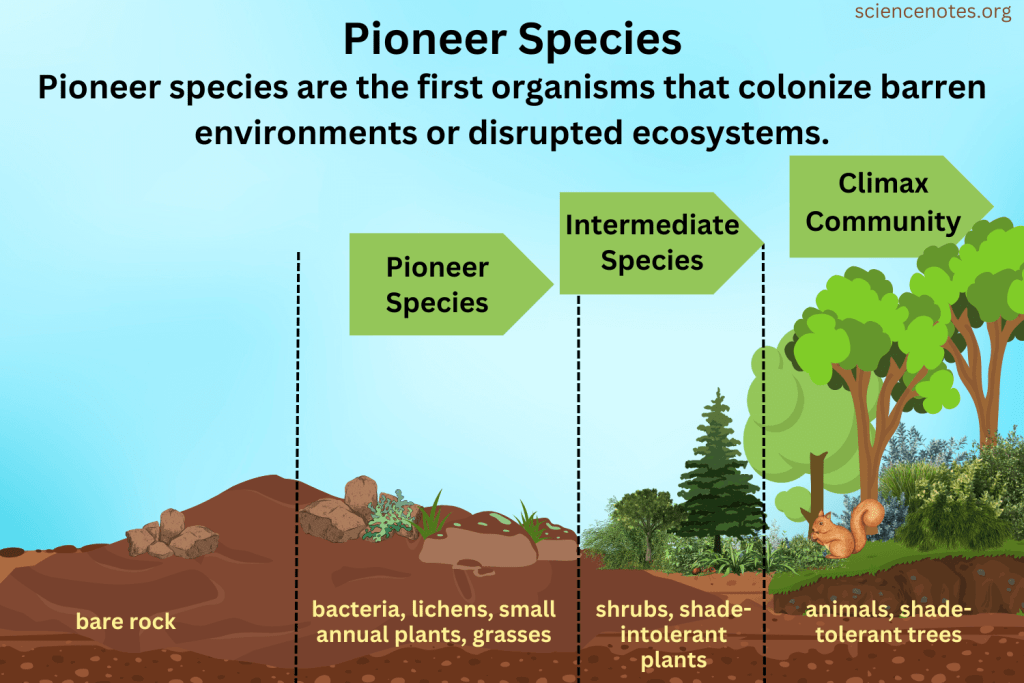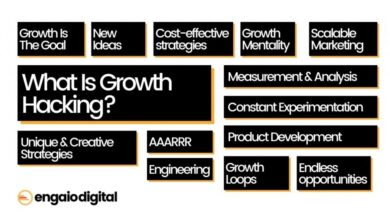
WWW vs Non-WWW A Deep Dive
Www vs non www – WWW vs non-WWW sets the stage for a fascinating exploration of website addresses. Understanding the nuances of using “www” or “non-www” can significantly impact , user experience, and even technical infrastructure. This in-depth look at both approaches will uncover the historical context, technical aspects, implications, and practical considerations involved in making this crucial choice.
From the historical origins of the “www” prefix to the latest trends in modern web design, we’ll examine how websites handle requests with and without the “www” prefix. We’ll explore the technical details behind DNS resolution and server handling, the implications of duplicate content, and practical strategies for redirection and consistent branding across both types of addresses.
Understanding the Concept
The seemingly minor difference between “www” and “non-www” domain names can have implications for website traffic and search engine optimization. This distinction, while often overlooked, reveals a fascinating history rooted in the early days of the internet. Understanding this nuance can help anyone navigate the web more effectively.The “www” prefix, an abbreviation for “World Wide Web,” originally served as a crucial identifier for web resources within the larger internet.
It wasn’t a necessity in the earliest days, but as the web grew, a standardized way to specify web pages became essential. Think of it as the address of a particular building within a vast city.
Historical Context of “www”
The “www” prefix emerged in the early days of the internet as a way to delineate web pages from other services like FTP (File Transfer Protocol). It became a convention, quickly adopted by the majority of websites. This was largely due to the need for a clear way to distinguish web pages, facilitating the early growth of the web’s infrastructure.
Ever wondered about the “www” prefix in your website address? It’s a seemingly small detail, but can impact things like how Google sees your site. For example, when setting up your site with the Google Publisher Center, you’ll want to ensure a consistent approach. Using Google Publisher Center is crucial for optimizing your site’s visibility and making sure everything points to the right place, whether or not you use “www.” Ultimately, picking between “www” and “non-www” boils down to a little planning and consistency for better results.
Different Ways to Access a Website
Websites can be accessed in several ways, regardless of whether the “www” prefix is used. Users can type the full address, including the prefix, or just the domain name. Modern browsers are usually intelligent enough to handle either form. In essence, the “www” is treated as a subdomain, but the user experience is generally seamless.
Examples of Websites with and without “www”
Numerous websites employ both “www” and “non-www” addresses. For instance, wikipedia.org and www.wikipedia.org both lead to the same site. Similarly, google.com and www.google.com are equivalent. Many other major sites, including those for corporations and e-commerce platforms, utilize both forms. This often stems from established practices or legacy systems.
Impact on User Experience
The impact on user experience is generally negligible. Users can access websites using either version with little to no difference in their experience. The actual difference often boils down to technical implementation and redirect configurations on the server side. The preference for one over the other is often a matter of personal preference or historical reasons.
Technical Aspects
Understanding the technical differences between “www” and “non-www” addresses is crucial for website administrators and developers. This involves examining the underlying infrastructure, how domain names are resolved, and how servers respond to requests from both types of addresses. Knowing these nuances can help optimize website performance and ensure a consistent user experience.The “www” prefix and its absence significantly impact how a website operates at a technical level.
This impacts everything from initial DNS resolution to how the web server processes the request. A proper understanding of this process is vital for maintaining a consistent user experience.
DNS Resolution
The Domain Name System (DNS) plays a critical role in translating human-readable domain names (like example.com) into machine-readable IP addresses. This process is fundamental for users to access websites. When a user types a domain name into their browser, the browser queries a DNS server to find the corresponding IP address.For both “www” and “non-www” addresses, the DNS lookup process is fundamentally the same.
The DNS server consults its records to locate the IP address associated with the requested domain name. However, the DNS records can be configured to point to different servers for “www” and “non-www” versions, which can lead to redirection.
Server Response, Www vs non www
When a user requests a website, the DNS server returns the IP address to the user’s browser. The browser then sends a request to the web server at that IP address. The web server processes the request and sends back the requested content (e.g., HTML, CSS, JavaScript).The web server itself doesn’t inherently distinguish between “www” and “non-www” requests.
The distinction is usually handled at the server configuration level. The server is responsible for serving the requested content.
Redirection Methods
Web servers can employ various techniques to handle redirection between “www” and “non-www” addresses. The choice of method often depends on factors like desired user experience, considerations, and technical constraints.
- 301 (Permanent) Redirection: This is often the preferred method. It indicates to search engines and browsers that the “non-www” address is the definitive location. This helps maintain value by redirecting all old links to the new URL. A 301 redirect preserves the value and assures a smooth user experience.
- 302 (Temporary) Redirection: This is used less frequently for “www” to “non-www” redirection as it doesn’t suggest a permanent change. Search engines may not fully recognize the change, impacting if not managed properly.
- Server Configuration: Some web servers can be configured to automatically redirect “non-www” requests to “www” addresses. This is typically done at the server level through configuration files.
Technical Comparison
| Feature | www address | non-www address |
|---|---|---|
| DNS Lookup | DNS server resolves the “www.example.com” domain name to the corresponding IP address. | DNS server resolves the “example.com” domain name to the corresponding IP address. |
| Server Response | The web server at the IP address associated with “www.example.com” processes the request and sends the appropriate content. | The web server at the IP address associated with “example.com” processes the request and sends the appropriate content. |
| Redirection | If configured, the server might automatically redirect a “non-www” request to the “www” version. | If configured, the server might automatically redirect a “www” request to the “non-www” version. |
Implications: Www Vs Non Www
Choosing between “www” and “non-www” versions of your website can significantly impact your search engine optimization (). This decision, often overlooked, can affect how search engines perceive your site and ultimately impact your rankings. Understanding the implications is crucial for achieving optimal visibility in search results.The presence or absence of “www” in your domain name can influence how search engines treat your website.
Quick tip on choosing between www and non-www URLs: It’s a minor detail, but a well-structured website often prioritizes user experience. Understanding the ‘right way conduct SWOT analysis’ is crucial for strategic planning. For example, if you’re looking to improve your website’s SEO and user flow, a SWOT analysis can help determine whether keeping the www prefix or removing it is best for your specific needs.
Ultimately, the choice depends on your specific goals, so consider your unique situation when making the final decision about your website’s URL structure. right way conduct swot analysis will help you understand this better. Ultimately, the best approach depends on your specific website needs.
This difference, while seemingly minor, can lead to duplicate content issues and varying levels of crawlability and indexing, impacting your overall performance.
Duplicate Content
Duplicate content occurs when identical or nearly identical content exists on multiple pages of a website or across different websites. Search engines aim to provide unique and relevant results to users. Duplicate content can confuse search engines, potentially leading to lower rankings or even penalization. Both “www” and “non-www” versions of a website can contribute to this problem if not properly managed.
For example, if a page is accessible at both http://example.com and http://www.example.com, search engines might interpret this as duplicate content, potentially diluting the value associated with the page.
Crawlability
Crawlability refers to the ability of search engine crawlers to access and analyze the content of your website. Different URLs, like those with and without “www,” can impact crawlability. Search engine bots might treat these URLs as distinct entities, potentially leading to some pages being crawled more frequently or less frequently. This uneven crawling can impact how quickly search engines discover and index your site’s content.
Indexing
Indexing is the process by which search engines store and organize the content they find on the web. Search engines may treat “www” and “non-www” versions as separate URLs. This can result in multiple entries for the same content in their index. This duplication can negatively affect search engine rankings, as the search engine may not know which version to prioritize.
Choosing Between “www” and “non-www”
Several strategies can help determine the optimal choice between “www” and “non-www” from an perspective. The best approach often depends on your existing website structure, technical capabilities, and specific goals.
| Factor | www | non-www |
|---|---|---|
| Duplicate Content | Potential for duplicate content if not properly redirected. | Potential for duplicate content if not properly redirected. |
| Crawlability | Can lead to separate crawling if not handled properly. | Can lead to separate crawling if not handled properly. |
| Indexing | May lead to multiple entries for the same content in the index. | May lead to multiple entries for the same content in the index. |
A crucial strategy involves using 301 redirects to ensure that search engines treat both versions as the same. This helps avoid duplicate content issues and consolidates efforts. This approach is highly recommended to ensure that all of your website’s efforts are focused on a single, consistent URL. Consistent use of one version across all your site’s content and marketing materials is also beneficial.
This can streamline efforts and prevent confusion for both users and search engines.
Practical Considerations
Choosing between “www” and “non-www” domains is more than just a stylistic preference. It impacts how users access your website and how search engines index it. This section delves into the practical aspects of managing both versions, ensuring a seamless user experience, and maintaining a consistent brand image.Implementing a robust strategy for handling both domain types is critical for optimizing website performance and maintaining a professional image.
Careful configuration of your web server and consistent branding across both addresses are essential for a smooth transition for users and search engines.
Redirection Strategies
Redirection is crucial for maintaining the integrity of your website’s structure and user experience when managing both “www” and “non-www” versions. Redirecting users to the correct address prevents broken links and ensures a consistent experience. Common strategies include 301 redirects, which are permanent and communicate to search engines the new location of the content. Temporary redirects (302) might be appropriate for testing or during site maintenance.
Choosing the right type of redirect is important for and user experience.
Web Server Configuration
Configuring your web server to handle both addresses involves setting up rules to direct traffic appropriately. Most web servers, like Apache and Nginx, offer robust tools for managing these redirects. Configuration files typically contain rules that check the incoming request and redirect to the desired address. This configuration ensures that all requests, regardless of whether they include “www,” are routed to the appropriate resource.
For instance, a configuration file might specify that requests for “example.com” are redirected to “www.example.com”.
Consistent Branding
Maintaining consistent branding across both domain types is paramount for a unified user experience. Visual elements like logos, color schemes, and fonts should be identical on both versions. This visual consistency assures users they’re interacting with the same website regardless of the address they use. Inconsistencies can confuse users and damage your brand identity.
Flowchart for Request Resolution
The following flowchart illustrates the process of resolving “www” and “non-www” requests.
Start
|
V
[User types in example.com] --> [Web Server Receives Request]
|
V
[Check Configuration]
|
V
[If www is specified] --> [Redirect to www.example.com]
|
V
[If www is not specified] --> [Redirect to www.example.com]
|
V
[Deliver Content]
|
V
End
This flowchart demonstrates the automated process for handling requests.
Ever wondered about the difference between using www and non-www in your website address? It might seem trivial, but it can actually impact your email deliverability. One key aspect to consider is how your domain name is treated by email providers. Poor email practices can lead to your emails being marked as spam. Learning how to avoid these pitfalls is crucial for your marketing efforts.
Check out this insightful guide on 15 reasons marketing emails go to spam and how to fix it for tips on optimizing your email campaigns. Ultimately, ensuring your website is set up correctly, including the use of www or not, contributes to a positive email reputation and higher deliverability rates. This, in turn, boosts your marketing effectiveness.
This approach ensures consistent routing and eliminates any ambiguity for users.
Maintaining a Consistent User Experience
Ensuring a seamless user experience across both domain types requires careful attention to detail. All links, including internal and external ones, should point to the correct address, whether with or without “www.” A consistent URL structure across all pages is also important for better user navigation and search engine indexing. Any discrepancies in the user experience can cause confusion and deter users.
Thorough testing of all pages on both domain versions is crucial.
Modern Practices
The landscape of web development is constantly evolving, and the once-rigid debate around “www” versus “non-www” domains is now viewed through a more pragmatic lens. Modern practices emphasize user experience, technical efficiency, and best practices, making the choice less about tradition and more about strategic alignment with these goals. The prevalence of different approaches, and how they’re handled in contemporary websites, is crucial for understanding the current state of web design.
Modern web design acknowledges the nuances of both approaches, prioritizing a seamless user experience across all access methods. The best approach depends heavily on a website’s specific needs and the overarching strategy. Understanding how different trends interact with both “www” and “non-www” domains is key to maximizing a website’s potential.
Prevalence of “www” and “non-www”
The usage of “www” and “non-www” domains has shifted. While “www” domains remain prevalent in many older sites, newer sites are more likely to favor a single, canonical domain. This is often the “non-www” approach, or using a subdomain for a specific purpose. This choice is usually driven by factors like domain name acquisition costs and ease of management.
A significant portion of websites now operate solely on the “non-www” domain, highlighting a move away from the traditional “www” convention.
Best Practices for Handling Both Addresses
Maintaining both “www” and “non-www” addresses in a modern website involves a careful approach to redirecting and managing the domains. Implementing 301 redirects from the non-canonical domain to the preferred domain is critical for preserving value and avoiding duplicate content issues. This ensures that all users are directed to the correct address and avoids any confusion. Using a robust redirecting system ensures the seamless flow of traffic and preserves any existing equity.
Benefits of Different Approaches
The benefits of using either “www” or “non-www” domains in modern web design are nuanced. The “non-www” approach often simplifies URL structures and potentially improves memorability. Conversely, “www” domains might be preferred for maintaining a consistent, recognizable structure within a network of related sites. The choice should always align with the specific branding and user experience objectives.
Comparison of Modern Website Design Trends
This table illustrates how various modern design trends interact with both “www” and “non-www” domains.
| Trend | www | non-www |
|---|---|---|
| Mobile-first design | Implementing responsive design principles ensures a consistent user experience across all devices, including mobile. | Similar to www, responsive design principles are essential for a seamless experience on all devices. |
| Responsive design | Responsive design is crucial for ensuring a consistent and optimized layout across various screen sizes. This applies equally to both “www” and “non-www” addresses. | Responsive design is crucial for ensuring a consistent and optimized layout across various screen sizes. This applies equally to both “www” and “non-www” addresses. |
| HTTPS | Implementing HTTPS is paramount for secure communication between the user’s browser and the website, regardless of whether “www” or “non-www” is used. | Implementing HTTPS is paramount for secure communication between the user’s browser and the website, regardless of whether “www” or “non-www” is used. |
User Experience

The user experience (UX) surrounding a website’s address—whether it uses “www” or not—can significantly impact how users perceive and interact with the site. A seamless and consistent experience across both addresses is crucial for building trust and encouraging repeat visits. Users often form initial impressions based on subtle cues, and a confusing or inconsistent address structure can hinder their overall experience.
A user’s first impression of a website is often influenced by the address they see. A well-designed website with a clear, consistent brand identity and a simple, intuitive address will create a positive user experience. Conversely, a confusing or inconsistent address can raise questions about the site’s reliability and trustworthiness. This ultimately affects the user’s willingness to explore the website further.
Redirection Impact on User Experience
Redirections, while technically necessary for maintaining consistency, can significantly impact user experience. A smooth redirection process is crucial to avoid frustrating users with delays or unexpected outcomes. Users expect a quick and seamless transition to the intended destination. Poorly implemented redirects can lead to lost traffic and negative user perception.
Clear and Consistent Navigation Across Address Types
Maintaining a consistent navigation structure across both “www” and non-“www” addresses is essential. This ensures that users can easily find the information they need regardless of the address they use. Inconsistencies in navigation can lead to frustration and confusion, potentially causing users to abandon their search. A user-friendly website with intuitive navigation will encourage exploration and engagement.
Branding and User Perception of Address Types
A strong brand identity plays a vital role in how users perceive both “www” and non-“www” addresses. A consistent brand message across all addresses reinforces the site’s credibility and professionalism. Inconsistency in branding can create uncertainty and undermine the site’s authority in the user’s mind. A cohesive brand presence builds trust and ensures a positive user experience.
Ultimate Conclusion

In conclusion, the choice between “www” and “non-www” domains isn’t a simple yes or no answer. While the technical differences may seem subtle, the and user experience implications can be significant. Ultimately, the optimal approach depends on your specific needs, goals, and current website structure. By understanding the intricacies of both options, you can make an informed decision that supports your website’s long-term success.





